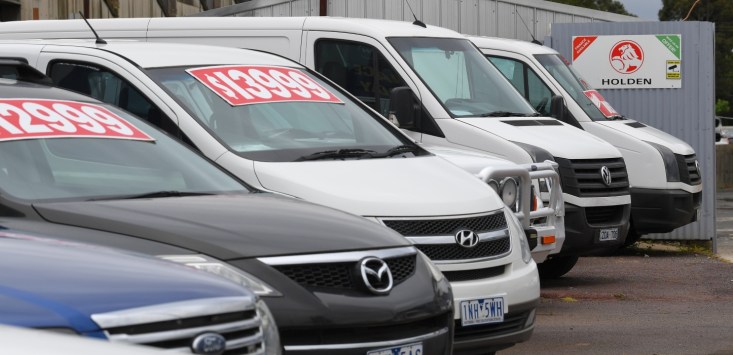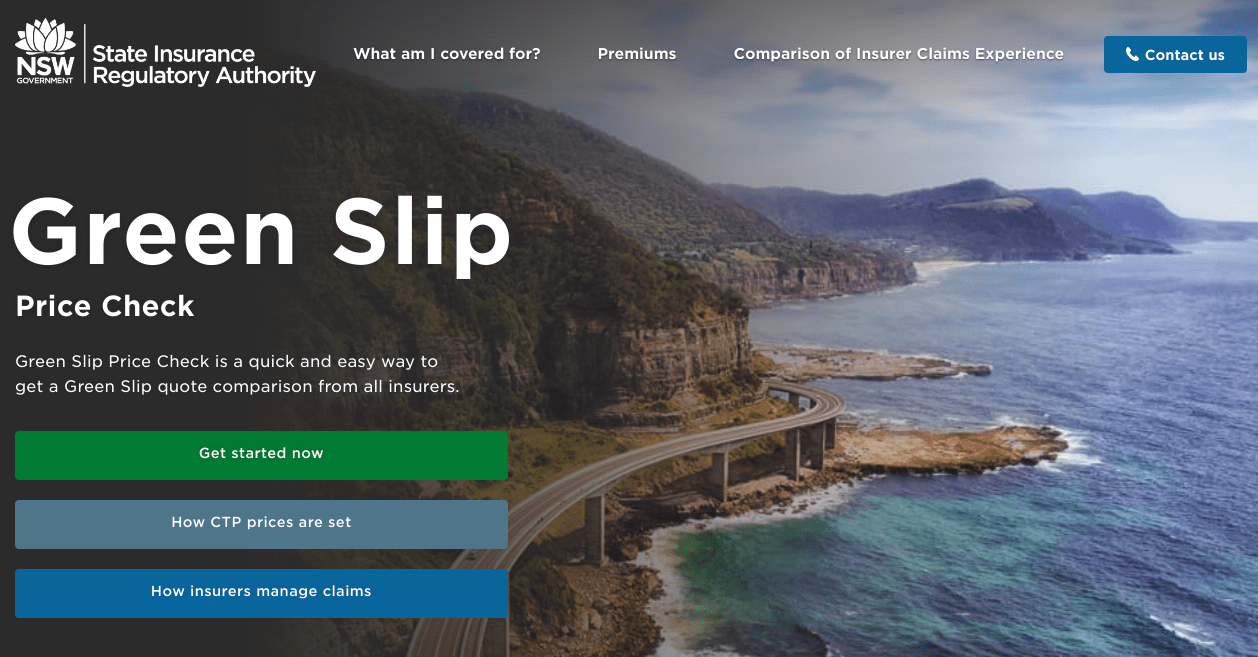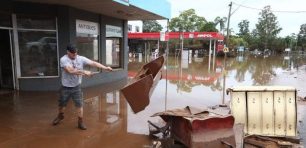
Source: AAP Image/ James Ross
An insurance policy comparison tool operated by the NSW government has reportedly underestimated the cost of coverage by 15%, the NSW Small Business Commissioner says, as soaring premiums catch businesses off guard.
NSW Small Business Commissioner Chris Lamont says his office was recently contacted by a small business owner trying to renew compulsory third-party (CTP) insurance coverage for a work vehicle.
The owner used the official State Insurance Regulatory Authority (SIRA) online comparison tool to find the most suitable ‘green slip’ policy and subsequently contacted an insurer to obtain coverage.
However, the insurer said the real cost of CTP coverage would exceed the estimation provided by the SIRA website by around 15%, or approximately $90 per year.
The SIRA site clearly states that quoted prices are “indicative only”, and that extra information required by insurers may influence the final cost of coverage.
But the business owner reported the alleged discrepancy to the NSW Small Business Commissioner’s office in early January, insisting they provided effectively identical licence and vehicle data to both the SIRA site and the insurer.
While acknowledging the indicative nature of the SIRA website, Lamont said his department intends to contact Service New South Wales about the pricing difference given recent and extreme hikes to insurance affordability.
“If the system is not keeping up, that’s a concern,” Lamont told SmartCompany.
“So if business is saying, ‘Well, I think I’m up for this amount from one year to the next, all based on the government advice, but I’m actually paying or required to pay 15% more,’ that’s just another concern in terms of rising costs for businesses, who at the moment are already doing it tough.”
Customer Service New South Wales says estimator is keeping up
A Customer Service New South Wales spokesperson told SmartCompany the SIRA website is keeping up with rising real-world premiums, but slight discrepancies are to be expected.
The spokesperson said SIRA “makes every effort to ensure prices are as accurate as possible on the Green Slip Price Check website,” but cannot guarantee it will perfectly match the final price.
“The reasons for this can include that at the time of providing a final price for a CTP insurance policy, the insurer may take additional factors into account, or the customer may provide different information pertaining to their circumstances at the point of sale, all of which has an impact on the final policy price.”

The Green Slip Price Check website as it appeared in January 2024. Source: SIRA
The cost of CTP coverage is actually growing more slowly than other forms of insurance, the spokesperson continued, pointing to SIRA’s own powers to claw back excess profits from CTP insurers.
“The $183.1 million of insurer profit clawed back in 2023 will be injected into the Motor Accidents Operation Fund and will help offset levy increases, therefore reducing the overall price of Green Slips for consumers,” the spokesperson said.
“Green Slips will be on average $29 lower this year because of the clawback of excess insurer profit.”
Around 1.5 million people visit the SIRA price-check website each year, they added.
Price disparity comes as insurance premiums soar
The alleged pricing discrepancy has nevertheless raised alarm bells in a department that already considers rising insurance premiums as one of the biggest challenges facing small businesses in 2024.
Pointing to recent survey results, Lamont said businesses are finding it increasingly difficult to obtain adequate insurance coverage at a reasonable price.
“Particularly in the hospitality and the tourism sectors, and depending on their locality, many businesses said that it simply wasn’t affordable anymore for them to secure insurance,” Lamont said.
Those survey responses are backed up by new data from the Australian Bureau of Statistics (ABS).
Fresh Consumer Price Index data shows annual inflation moderated to 4.3% in November 2023, down from 4.9% in the 12 months to October.
Overall inflation may have slowed further were it not for the price of insurance, which exploded by 16.3% in the 12 months to November.
That represents the sharpest increase in insurance prices since the ABS began recording monthly CPI statistics in September 2022.
Those rising costs are partially due to a devastating run of natural disasters, including the Black Summer bushfires of 2019-2020 and the East Coast floods of 2022.
That flooding event became Australia’s most costly natural disaster with claims totalling more than $6 billion.
Natural disasters between late 2019 and November 2023 generated more than $17 billion in insurance claims, according to the Insurance Council of Australia (ICA).
Growing wealth and urbanisation in disaster-prone regions, combined with the looming spectre of disastrous cyber attacks, is only making it costlier to provide insurance, ICA CEO Andrew Hall told the National Press Club in November.
“All of these pressures have come together to create a perfect storm in insurance markets,” he said.
“Risk is being repriced. The pressures and costs are increasing. The trend lines are all going one way.
“Because of these pressures, insurers’ input costs are going up and up.”
Handpicked for you

After brutal fires and floods, peak insurance body calls for “immediate” reforms to help businesses with disaster coverage



COMMENTS
SmartCompany is committed to hosting lively discussions. Help us keep the conversation useful, interesting and welcoming. We aim to publish comments quickly in the interest of promoting robust conversation, but we’re a small team and we deploy filters to protect against legal risk. Occasionally your comment may be held up while it is being reviewed, but we’re working as fast as we can to keep the conversation rolling.
The SmartCompany comment section is members-only content. Please subscribe to leave a comment.
The SmartCompany comment section is members-only content. Please login to leave a comment.